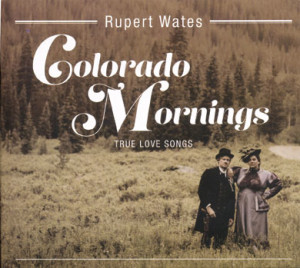By Jim Remington
Pineglenn Press: 2015
ISBN: 978-1-36-469865-2
110pp, $12.95
Reviewed by Eduardo Rey Brummel
I loved the title of this collection of remembrances from Ireland, especially the “mostly true” part – after all, isn’t that the way it goes? But let me get this out of the way: I don’t consider nearly any of them to be stories. There’s no conflict, no sense of struggling, no catching of your breath as the storyteller says, “No shit, there I was …” Nevertheless, my technical nitpicking aside, this well-written collection of thirty-one (what, tales? yarns?) is enjoyable, worth the reading, worth pausing from reading to allow imagination and images to arise.
This book covers a broad range of subjects: Remington’s roots in Rhode Island, bicycling through Ireland, castles, B&Bs, and St. Patrick and the snakes; but mostly its tales regard Irish music. Remington is both a teacher and director at Lakewood School of Music in Lakewood, teaching guitar, ukulele, tin whistle and songwriting. So it’s fitting many of these tales involve music and musicians. In telling about what can happen at a jam session, he writes:
The main characteristic … is the spontaneity, lightness, and lift given to the music. Nobody is quite sure where the whole thing is going. The music is meant as much for the players as it is for the audience and because of this, magic happens.
This could also be the main characteristic of the Ireland Remington writes about. So much of his time there seems halcyon, even though he often winds up in unexpected places or situations. To be sure, there is definitely magic.
During a visit in 2009, Remington was checking out the newly constructed Coleman Heritage Center, in honor of the local world-renowned and influential Irish fiddle player, Michael Coleman. While shopping in the center’s CD store, two Colorado friends of Remington’s walked in. After chatting and catching up, one of the friends mentioned that Coleman’s renovated cottage was just down the road, looking quite authentic. Plus, the front door was unlocked, allowing anyone to go inside.
So Remington drove to the cottage, surprised to find no other cars there. He hollered several, “hellos,” but received no response. Remembering the front door was supposedly unlocked, he decided to check. Sure enough, the door opened, the interior of Coleman’s home, beckoning. Remington stepped inside, and after looking around a bit, decided to play his pennywhistle while sitting by Coleman’s hearth. But as he sat down, whistle to his lips, a deafening alarm began sounding.
Just as fearful of losing his hearing as of being caught red-handed by the local constabulary, Remington fled the scene of his crime. Afterward, at a local pub, he was laughingly told that he was far from the first to have set off the cottage’s alarm. Later still, he heard from his Colorado friends that they’d only opened the door and hadn’t gone inside.
Nearly all of the stories here have a lightness, a self-deprecating sense of humor. But there is also a depth to them. Beyond being merely a “compilation of mostly true stories,” this book is also a love letter to Ireland and her music. It is Remington telling tales of his home away from home.
Eduardo Rey Brummel is part Scotch-Irish, which he was told “is the lowest form of the Irish there is.”


